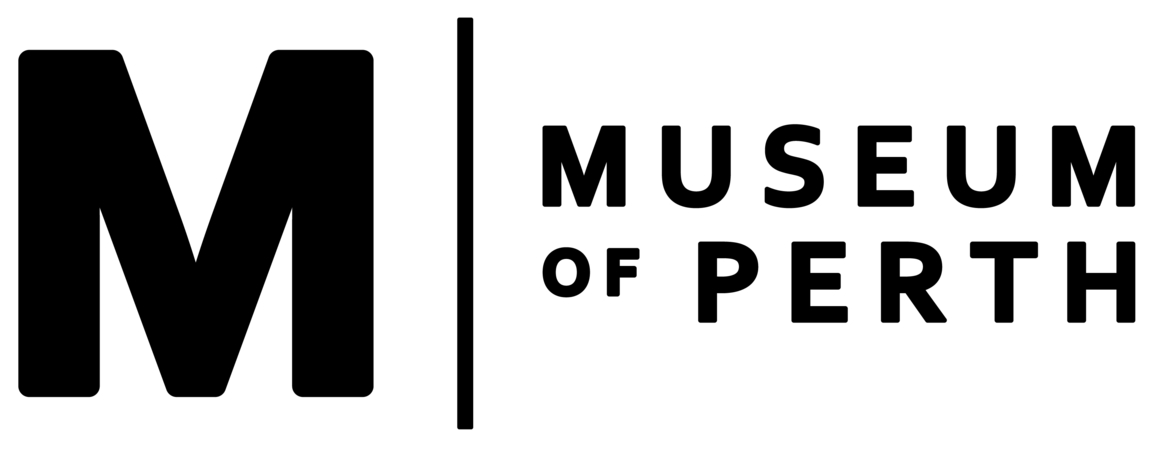Byererup
Bee-aboo-lup / Beeabbulup / Beeab'bulup / Bee'-ab'boolup / Beeab'bulup / Beeaboolup /Biabbulup / Bi-ab-bulup / Byerbrup
Description & Location
The highland adjoining Goloogulup that followed the course of Hay Street, from around the Hay Street bridge on Mitchell freeway towards East Perth. The high ground would have provided a commanding view of the surrounding lands, both north and south.
Byererup is known in Noongar culture as the place of macrozamia palms and nuts. The outer coats of the seeds of the macrozamia palm, bayoo, were a nutritionally-rich source of food high in oils, vitamin A, and protein. However, the macrozamia seed was toxic, and required soaking or burying underground for a couple of weeks for detoxification.
Traditionally in Noongar culture, the macrozamia fruit was fully ripened and gathered towards the end of the Bunuru season (late March) by older women and carried in their kangaroo skin bags, or goto. Young women were not allowed to collect the fruit as its toxicity was believed to interfere with fertility. If there was water nearby, processing was done by soaking the bayoo in shallow brooks or at the sea beach in sacks that were staked on the shore. When water supplies were low, bayoo were buried for processing for a few weeks in anaerobic pits deep enough that marsupials could not find.
After detoxification, the skin of the bayoo was removed and roasted for eating, while the seed kernels were discarded. Noongars were the only recorded Aboriginal group to eat the red sarcotesta, or rich, oily outer coating of the macrozamia seed kernels.
References
Bates, D. Manuscript 365/4/179, Notebook 20, p. 63.
Bates, D. Manuscript 365/4/174, Notebook 20, p. 57.
Bates, D. Manuscript 365/4/181, Notebook 20, p. 68.
Bates, D. (1909, December 25). Oldest Perth. Western Mail, p. 16. Retrieved from http://nla.gov.au/nla.news-article37401699.
Bates, D. (1929, July 4). Aboriginal Perth. Western Mail, p. 70. Retrieved from http://nla.gov.au/nla.news-article38887581.
Collard, L., Palmer, D. & Revell, G. (1997). Nyungar Placenames Associated with the Goordandallup (Crawley) Area of the Gabbee Derbal or Derbal Yaragan Beeloo (Swan River). Crawley, WA: University of Western Australia.
Grey, G. (1841). Journals of two expeditions of discovery in north-west and western Australia, during the years 1837, 38 and 39. London: Boone.
Macintyre, K. & Dodson, B. (2018, March). The ancient practice of Macrozamia pit processing in southwestern Australia. Retrieved from https://anthropologyfromtheshed.com/project/the-ancient-practice-of-macrozamia-pit-processing-in-southwestern-australia/.
Meagher, Sara. (1975). The Food Resources of The Aborigines of The South-West of Western Australia. Retrieved from http://museum.wa.gov.au/explore/wetlands/aboriginal-context/fanny-balbuk.
State Library of NSW. (1899). Box 5 Folder 1: Western Australian Place Names, 1899-1903, p. 26.
State Records Office of WA. Cons993. 1948/0150. List of native names for naming farms etc., p.162.
South West Aboriginal Land and Sea Council. (n.d.). Kaartdijn Noongar. Retrieved from https://www.noongarculture.org.au/food/.
The Old Swan River Settlement. (1897, July 16). Western Mail, p. 46. Retrieved from http://nla.gov.au/nla.news-article33141598.
The Western Australian Journal. (1833, April 20). The Perth Gazette and Western Australian Journal, p. 63. Retrieved from http://nla.gov.au/nla.news-article642121.
Perth from Mt. Eliza. November 1862, Byererup was the high land along the left hand side of this image. State Library of Western Australia, 6923B/147

